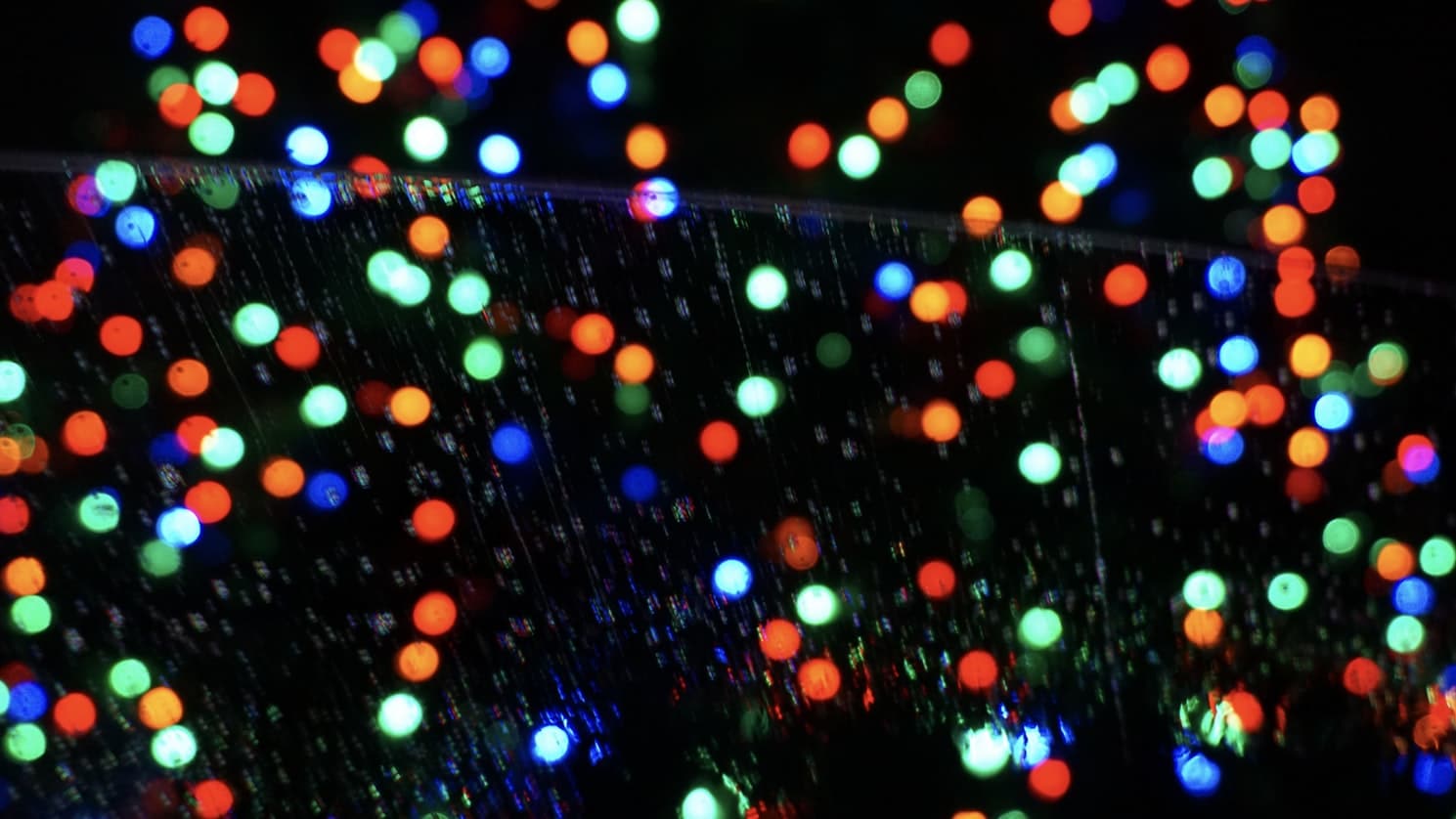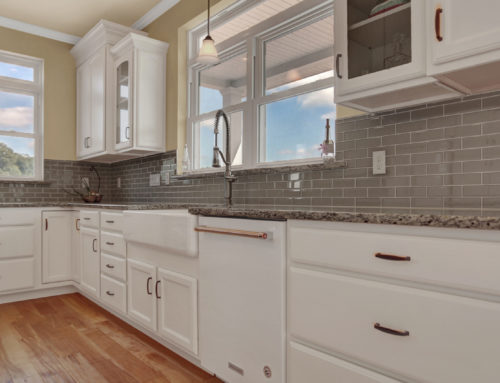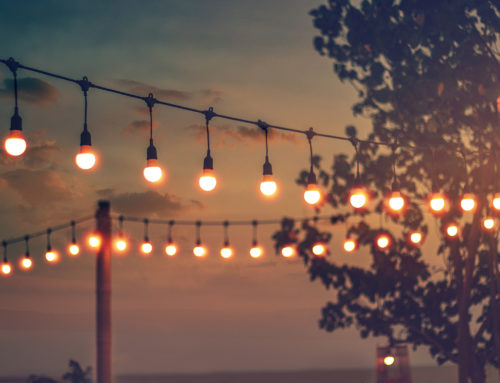By: Alyson McNutt English
Solar Christmas lights don’t cost anything to operate, but the high purchase price might not add up to savings.
Now there’s a new kid in the string-light neighborhood: LED solar Christmas lights are appearing at retailers around the country, promising grid-free festive lighting for holiday-happy consumers.
Powering up solar Christmas lights
A string of solar Christmas lights uses a small solar panel for power; there are no extension cords that must be plugged into outlets. The panel — about the size of a hockey puck — powers rechargeable batteries that illuminate a 25- to 100-bulb string of LED lights.
Panels come with small stakes so you can put them in the ground, where they can take advantage of the sun. A fully-charged string of lights should glow for 6 to 8 hours after the sun goes down.
Solar lights vs. LED plug-in costs
Most consumers expect new technologies to cost more, but if saving energy and money is your main reason for considering solar-powered LED holiday lights, solar lights may not offer enough cost-saving to offset the higher initial purchase price.
Compare purchase prices:
- The average cost for a 100-light string of miniature solar-powered LED lights is about $0.30 per bulb, or about $30 per string.
- The average cost for a 100-light string of miniature plug-in LED lights is $0.08 per bulb, or about $8 per string.
- Compare costs to operate:
- Operating a string of plug-in LED Christmas lights for 300 hours — more than enough hours for an entire holiday season — costs about $0.30, using an average energy cost of $0.11 per kilowatt hour.
- Solar-powered Christmas lights, of course, don’t cost anything to operate. That means you’re saving 30 cents per year in energy costs.
Do the math, and you’ll see that it’ll take about 45 years for the energy savings from solar-power to equal the difference in purchase price between a plug-in string and a solar-powered string.
Advantages of solar lights
- no extension cords
- no need for exterior electrical outlets
- withstand cold temperatures and precipitation
- zero cost to operate
- light output comparable to plug-in lighting
- a green option
Disadvantages
- higher initial cost to purchase
- may not operate under cloudy skies
- unproven longevity (too new on the market for results)
Alyson McNutt English writes regularly about home improvement, decorating, and “green home” tips; her work has appeared in magazines like Pregnancy, Kiwi, and Parenting and on many websites, including BobVila.com and HGTV.com.











